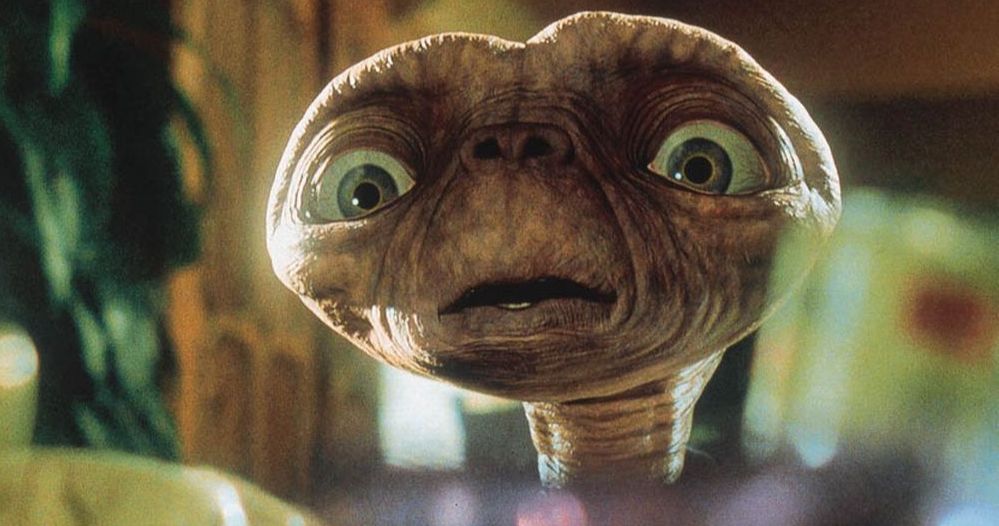A mysterious new sea creature has been discovered in an ancient area of the Pacific Ocean and it looks like it came from Steven Spielberg's E.T. the Extra-Terrestrial. Much like space, there are still a lot of the Earth's ocean that has yet to be explored, which is constantly leading to new discoveries. The "E.T. Sponge" has been classified as a new species and genus and was first discovered in 2016 and then found again in 2017, where samples were taken.
The "E.T. Sponge" is not the technical name for the sponge found on a prehistoric rocky seafloor 7,875 feet below the surface. The technical name is Advhena magnifica, which when translated to English means, "magnificent alien." However, the National Oceanic and Atmospheric Administration likes to refer to it as the "E.T. Sponge" because of how similar it looks to E.T. the Extra Terrestrial. It has a long stalk, which could be considered to be E.T.'s neck, and then an enlarged head-like section that has two big holes in it. The sponge looks like it has two big eyes with the E.T.-shaped head.
Dr. Cristiana Castello Branco is the one responsible for discovering the "E.T. Sponge" and said coming up with the name was rather easy in a new interview. She says, "In the case of Advhena magnifica, the shape of this sponge is reminiscent of an alien, like in the movies, with what looks like a long thin neck, an elongated head, and huge eyes." The sponge certainly fits that bill in the images that have been provided by NOAA. "While we haven't 'officially' given it a common name in our paper, 'E.T. sponge' seems to fit," said Dr. Branco.
The area where the "E.T. Sponge" was found is called Forest of the Weird, which is roughly 850 miles southwest of Hawaii. The Forest of the Weird is prehistoric area of the Pacific Ocean seafloor where the "alien-like community" of glass sponges can be found. From the pictures, it almost looks like these weird sponges could have been found in outer space, which also helps with the E.T. comparisons.
When asked about what these particular glass sponges contribute to their ecosystem, Dr. Cristiana Castello Branco had an interesting answer. "Many are large and provide structure in and around which other organisms live." She adds, "Sponges are filter-feeding animals capable of maintaining the balance of micro flora and fauna and play important roles in the ocean's nitrogen and carbon cycles." In addition to helping its local ecosystem, the "E.T. Sponge" may have an impact on Western medicine. These sponges, like many others found deep at the bottom of the ocean, are "producing chemical compounds that may be useful in treating human diseases." If proven to help humans, we may have another similarity to E.T.. The interview with Dr. Cristiana Castello Branco was originally conducted by Ocean Explorer.

